7 Brainstorming Techniques That Really Work

Mar 10 | 2017

Brainstorming was the brainchild of BBDO executive Alex Osborn during the early 1940s. Now, a standard practice in both creative and noncreative industries, there’s many brainstorming methods that can generate a high quantity of ideas. To effectively brainstorm, idea killing needs to be left at the door. Waiting to judge ideas post-session creates an environment of free thinking. Ideas that are a little wild or seem impossible often have hidden gems. Then the group can combine ideas and methods that work best for participants and the project.
(adsbygoogle = window.adsbygoogle || []).push({});
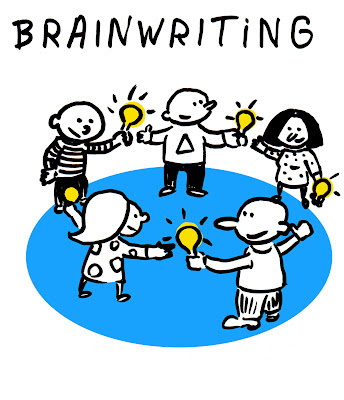 1. Brain writing
1. Brain writing
Brain writing helps avoid losing ideas or a singular idea dominating the ideation stage. It works best with a smaller group. On a sheet of paper, ask each person to come up with three different ideas. Then pass the paper to the right. This works great to generate a high volume of ideas. If you have six people, you just came up with 108 ideas.
 2. Rapid ideation
2. Rapid ideation
Limitations can unleash creativity. After explaining a project’s limitations, set a time limit for team members to write or sketch ideas unbridled. Five to 20 minutes later, sort ideas. This is great for individuals who thrive under pressure.
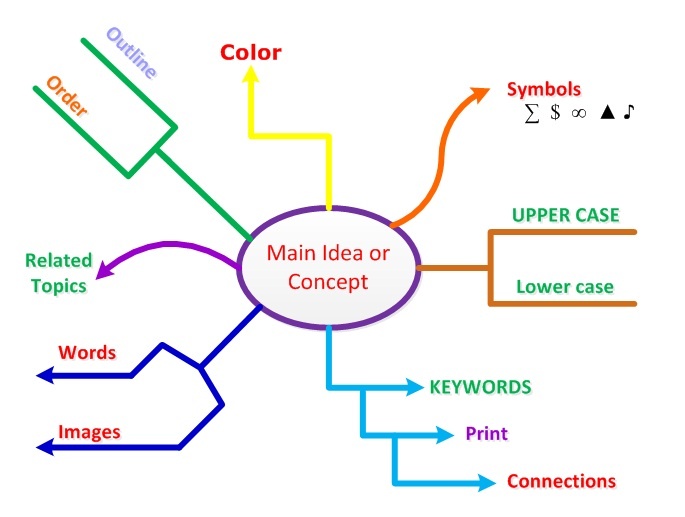 3. Mind mapping
3. Mind mapping
Mind mapping plays on the brain’s natural associative properties. Since associations vary from person to person, a wealth of connections can be found between items or concepts. It also more visually oriented. Write down a central word or phrase, than branch out to sub-ideas. Continue branching until you’ve exhausted associations.
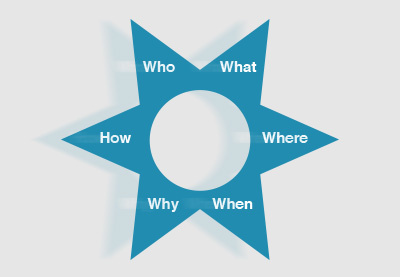 4. Starbursting
4. Starbursting
Generally, brainstorming tends to begin with finding answers. Starbursting begins by asking who, what, where, when and why of a project. This can help a team focus on project necessities before getting lost in idea rabbit holes, insuring a client focused solution.
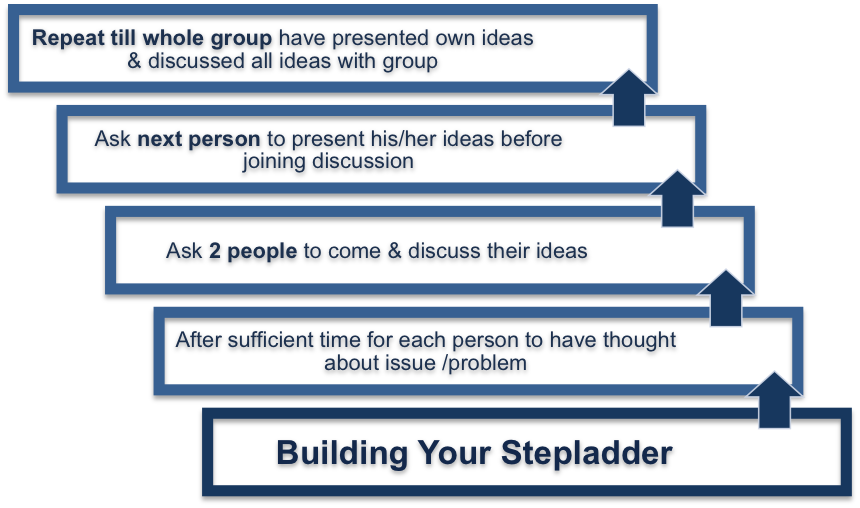 5. Stepladder
5. Stepladder
It’s very easy to move in a creative direction based on the idea of one assertive team member. Stepladder focuses on developing ideas by building on individual ideation. A team moderator asks everyone to come up with an idea. Everyone except two people are left in the room. Those two people discuss their ideas. Then a third person is added. They say their idea first and the original two respond with their ideas. The group works to incorporate the ideas into solutions. Then add another team member into the group dynamic and repeat the process.
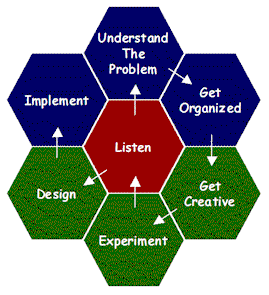 6. Medici effect
6. Medici effect
Created by Frans Johansson, this technique focuses on gathering parallels between different industries or concepts. Comparing commonalities between the successful strategies can help identify changes to make.
 7. Reverse Ideation
7. Reverse Ideation
Here, you’re working your way back from the intended effect of a creative solution. Identify the issue. Then ask how you would create the problem or the opposite problem. Brainstorm the solutions to those questions.










